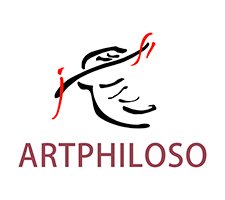Composition in art refers to the deliberate arrangement of visual elements within an artwork. Shapes, lines, colors, textures, and subjects are organized to create balance, emphasis, rhythm, and unity. Unlike casual placement, composition provides structure, guiding the viewer’s eye through the piece and enhancing meaning. In essence, composition in art is the framework that connects visual components into a cohesive whole.
When asking what is the most common purpose for composition in art, the answer lies in clarity and engagement. Composition ensures that the artwork communicates its intent effectively. It directs attention, prevents visual confusion, and sets emotional tone. Whether highlighting a central figure, balancing chaos with order, or generating tension, composition allows the artist to achieve specific visual and psychological effects. The main purpose of composition in art is to structure artistic expression so it resonates with viewers.
Several time-tested principles guide strong composition. These principles can be used individually or in combination:
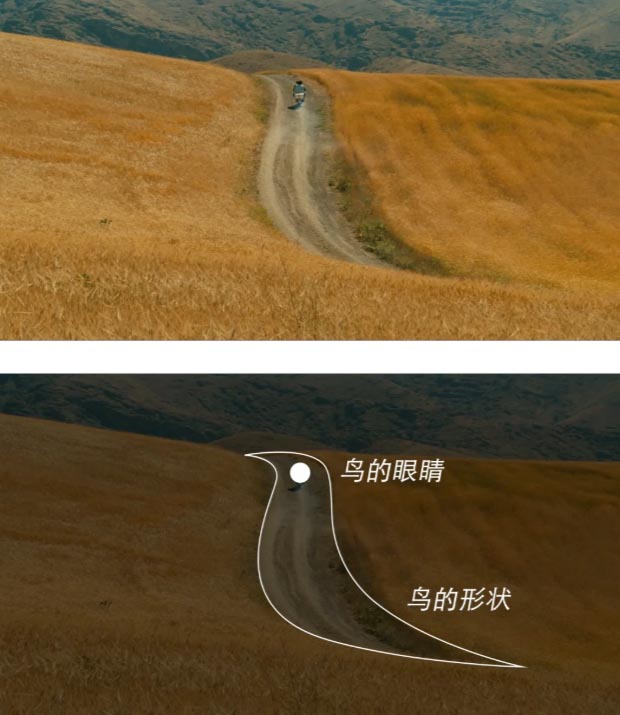
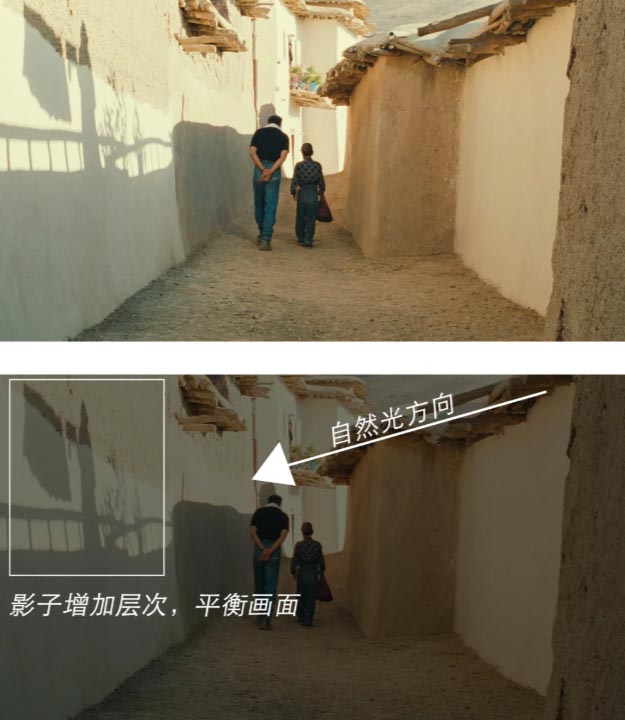
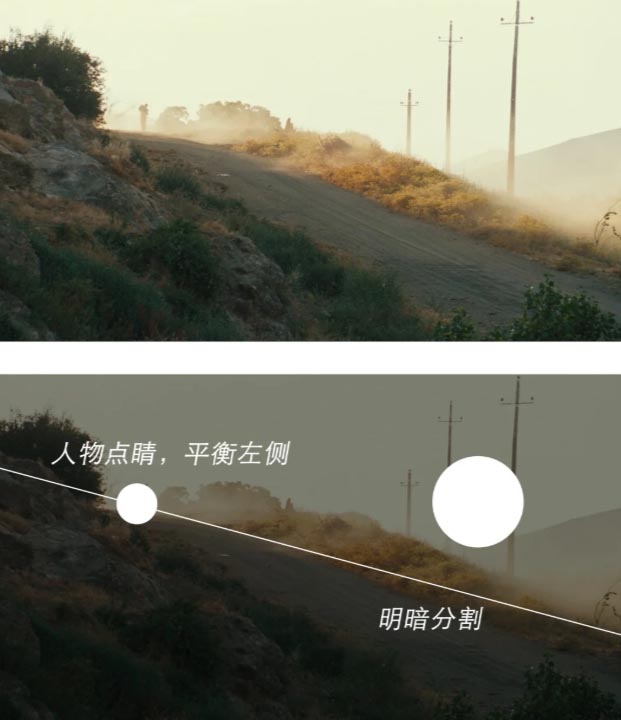
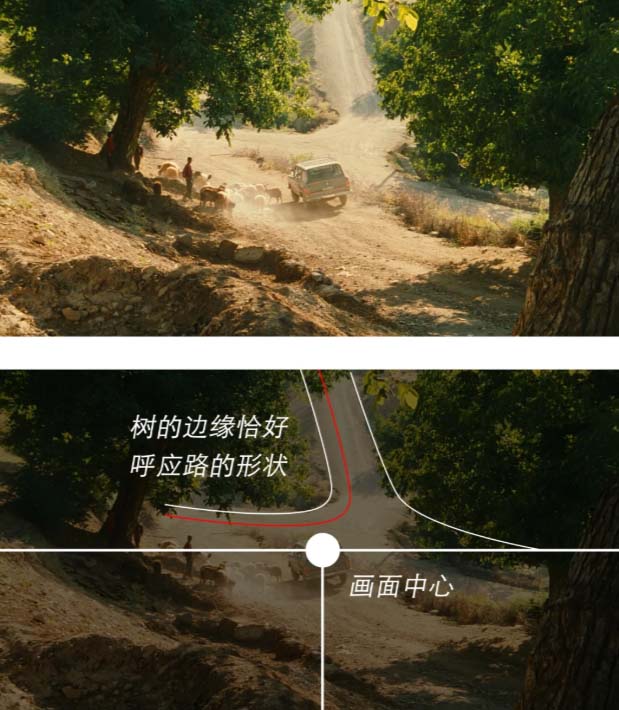
Composition has evolved across cultures and eras:
While composition is often associated with painting, it plays a role in multiple forms:
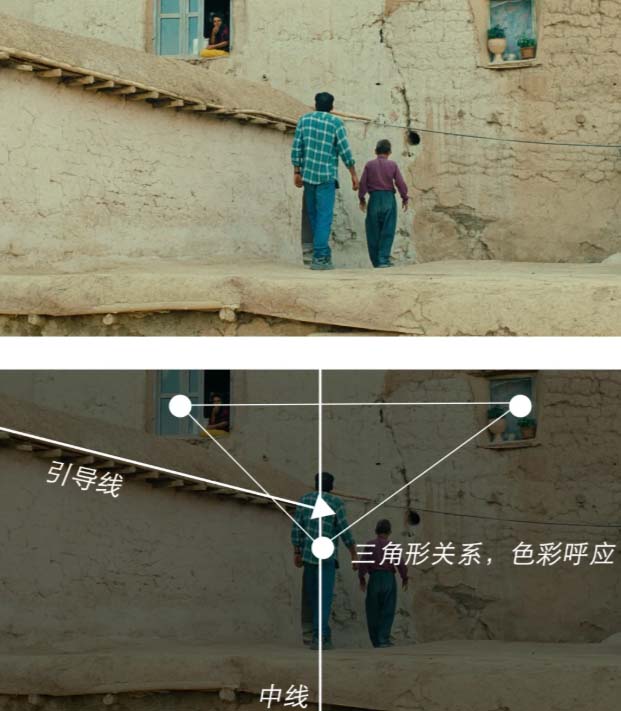
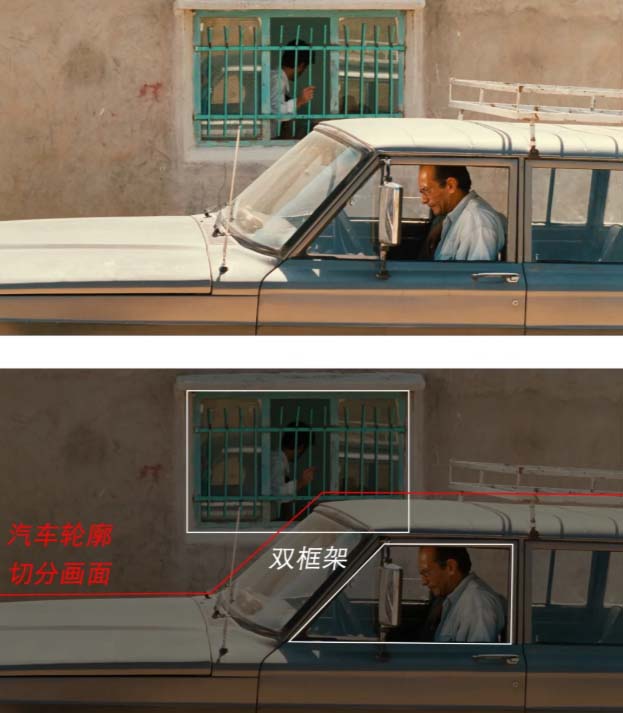
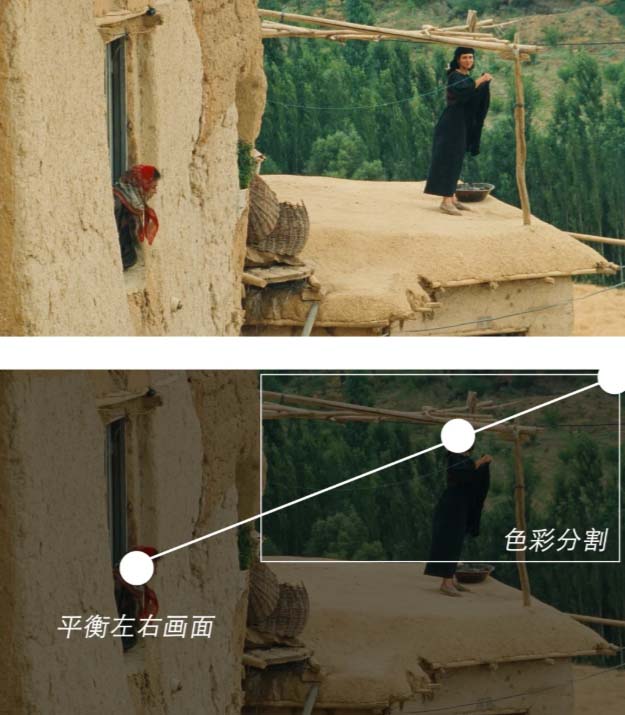
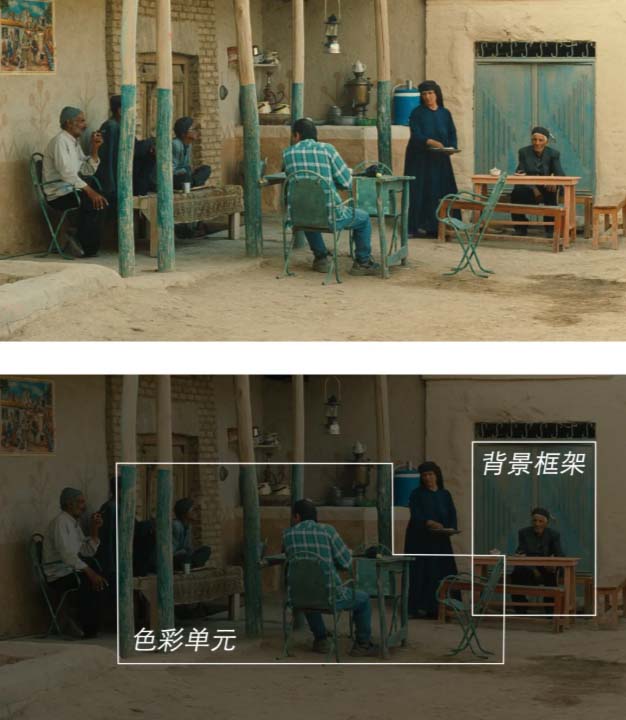
Different traditions reveal unique composition methods:
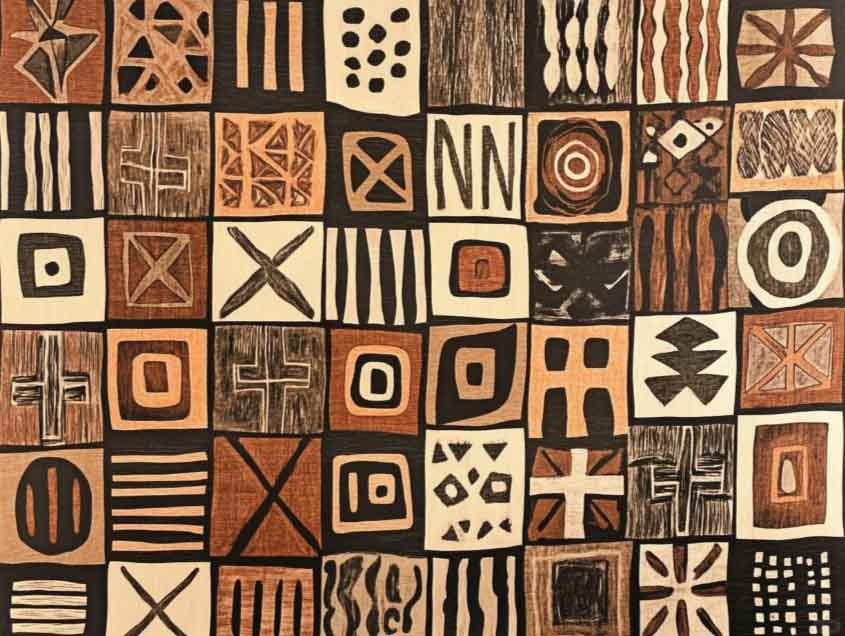
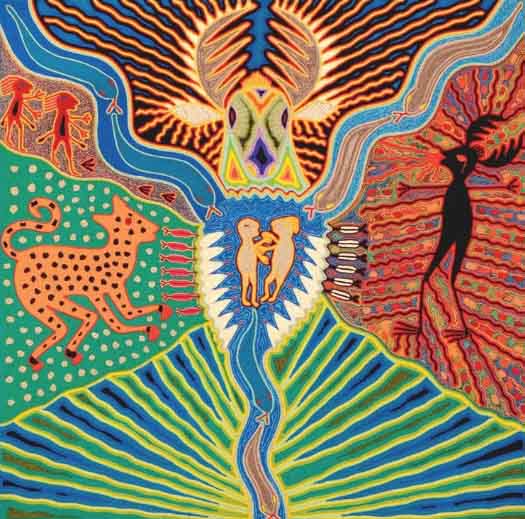
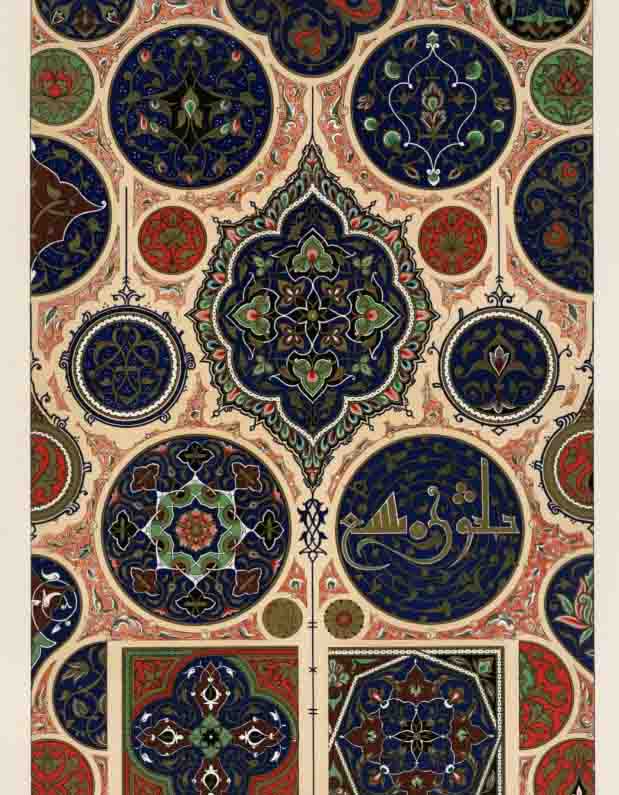
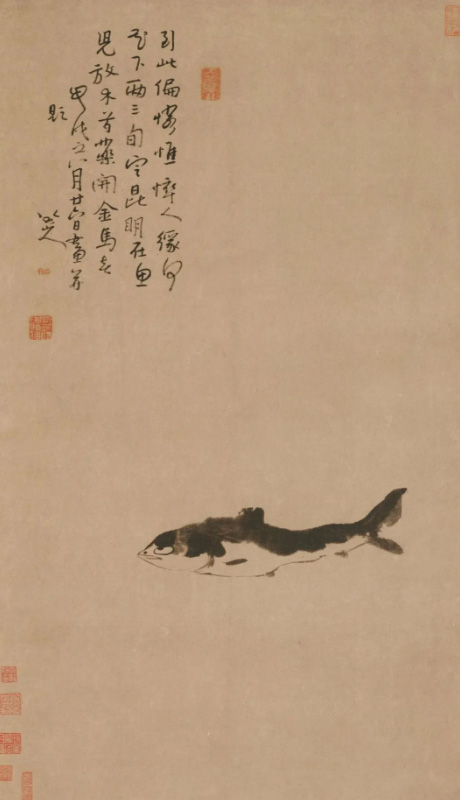
Artists often begin by learning standard composition strategies, then consciously breaking them. Modern examples include:
Artists can strengthen their practice by:
Composition is more than visual arrangement; it is the foundation of artistic communication. From ancient temples to digital design, the organization of elements affects meaning and response. Artists adapt, reinvent, and even reject composition principles, but never escape their influence. Understanding composition in art equips both creators and viewers to see how structure shapes vision.
Hi, I’m Philo, a Chinese artist passionate about blending traditional Asian art with contemporary expressions. Through Artphiloso, my artist website, I share my journey and creations—from figurative painting and figure painting to floral oil painting and painting on landscape. You'll also find ideas for home decorating with paint and more.
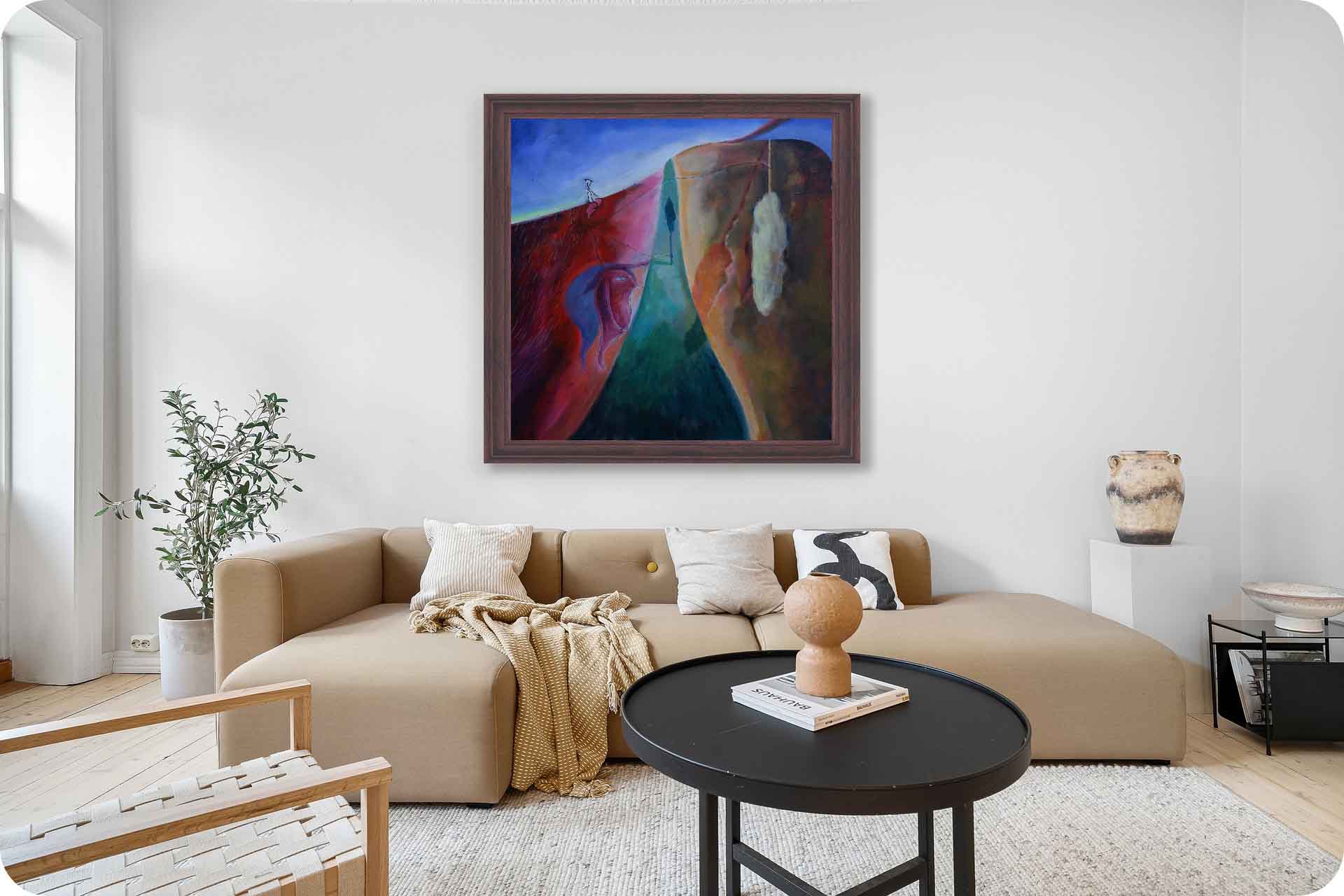
What does composition in art mean?
It is the purposeful arrangement of visual elements—shapes, colors, lines, textures, and space—within an artwork.
What is the most common purpose for composition in art?
Its purpose is to provide clarity, focus, and structure, ensuring that the message or mood of the piece is communicated effectively.
How do historical traditions shape composition?
From the symmetry of the Renaissance to the abstraction of 20th-century modernism, traditions reflect cultural and philosophical values.
How does composition differ across mediums?
Painting, photography, digital design, sculpture, and film all use composition, but each medium emphasizes different ways of directing focus.
Can composition rules be broken?
Yes. Many modern and contemporary artists intentionally disrupt traditional composition to provoke new interpretations.
Is composition the same across cultures?
No. Approaches vary widely, from Chinese landscape painting’s empty space to Islamic geometric patterns or African textile rhythms.
How can artists improve their use of composition?
By practicing arrangement exercises, studying artworks, and applying principles like balance, emphasis, and proportion in varied contexts.
